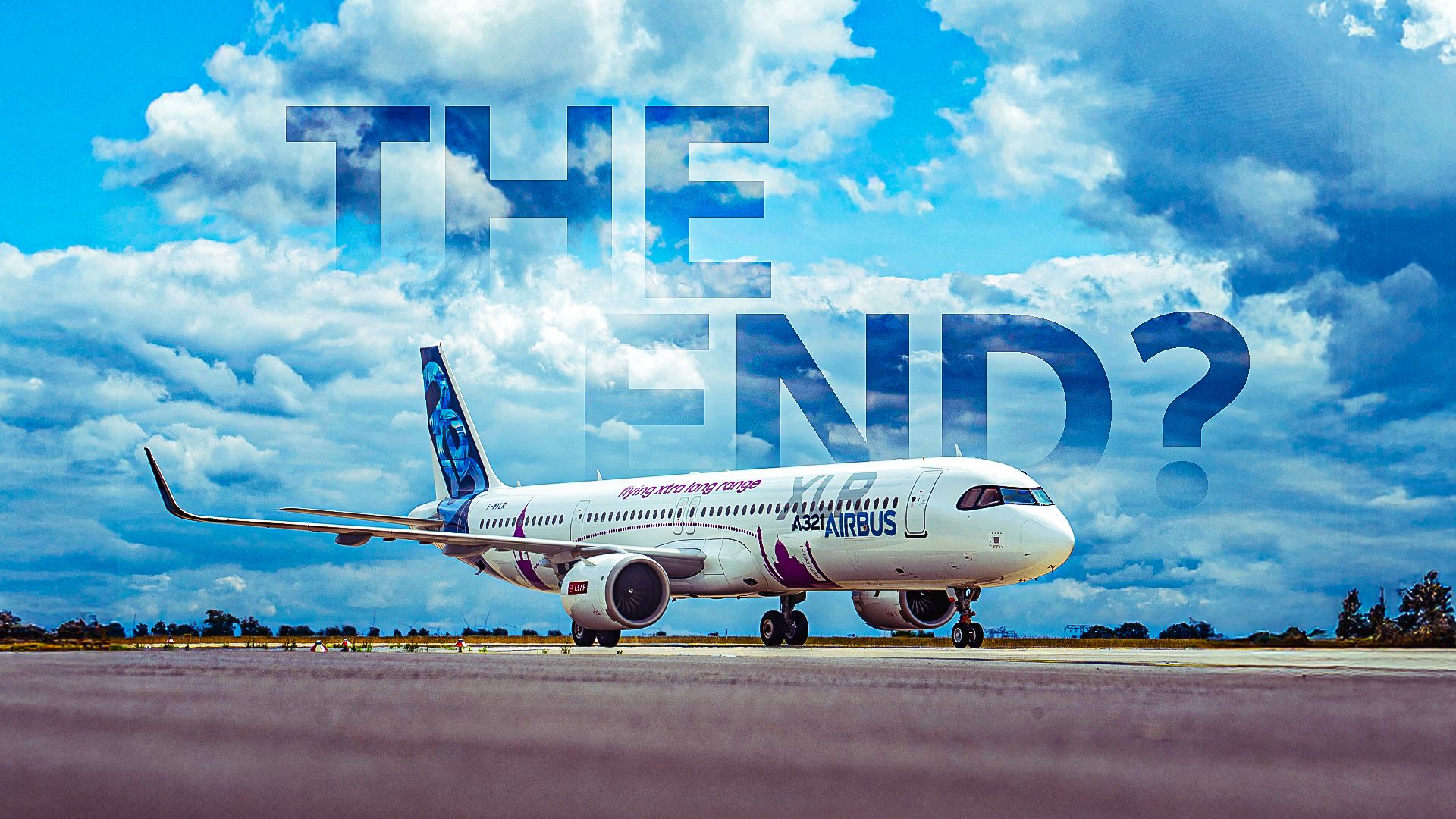URGENT UPDATE: The aerospace industry is witnessing a seismic shift as the Airbus A321XLR is poised to revolutionize the long-range narrowbody market, leaving Boeing scrambling to respond. With Airbus pushing the boundaries of narrowbody capabilities, the competitive landscape is changing rapidly.
The A321XLR is not just an incremental upgrade; it fills a critical gap in the market that Boeing has vacated since discontinuing the 757 in 2004. Airlines are quickly recognizing the potential of the A321XLR to serve new long-haul routes with fewer seats, enhancing operational efficiency without the commitment required for a widebody aircraft. This move could dramatically alter the dynamics of air travel between smaller cities across the Atlantic and beyond.
Key factors contributing to the A321XLR’s surge include its innovative design, which features a rear center tank that allows for an impressive range of 4,700 nautical miles at a maximum take-off weight of approximately 101 tons. Comparatively, the legacy Boeing 757 offered a range of only 3,900–4,100 nautical miles, with no modern equivalent in Boeing’s lineup to match the A321XLR’s capabilities.
Airlines such as United Airlines and Icelandair are already transitioning to the A321XLR to replace their aging 757 fleets, further solidifying Airbus’s competitive advantage.
“Airbus has filled a gap left by the discontinued Boeing 757,”
said industry analysts following the recent European certification of the A321XLR.
The urgency for Boeing is palpable. As the company delays its “Middle of the Market” (MOM) plans, it faces increasing pressure to innovate or risk losing more market share. The structural limitations of the 737 MAX series mean that any further stretching of the aircraft could compromise safety and performance, leaving Boeing at a disadvantage.
In an industry where operational efficiency is paramount, the A321XLR’s lower fuel burn per seat and flexibility for new routes make it a compelling option for airlines. Boeing’s attempts to stretch the 737 to meet these demands are increasingly viewed as inadequate, prompting experts to suggest that a revival of the 757 or a clean-sheet design is necessary for Boeing to keep pace.
The stakes are high. Airbus has strategically positioned the A321XLR to exploit Boeing’s missteps, with industry insiders predicting that Boeing could face a steep uphill battle if it does not act decisively. The competitive balance in the single-aisle aviation market may tilt further in Airbus’s favor as airlines flock to the A321XLR for its proven efficiency and capability.
As the implications of this shift unfold, all eyes will be on Boeing to see if it can develop a credible response to the A321XLR. The future of narrowbody aviation is at a critical juncture, and the pressures of the market could redefine how airlines operate in the coming years.
Stay tuned for further developments as this story evolves, and watch for Boeing’s next moves in what has become a high-stakes game of competitive aviation.







